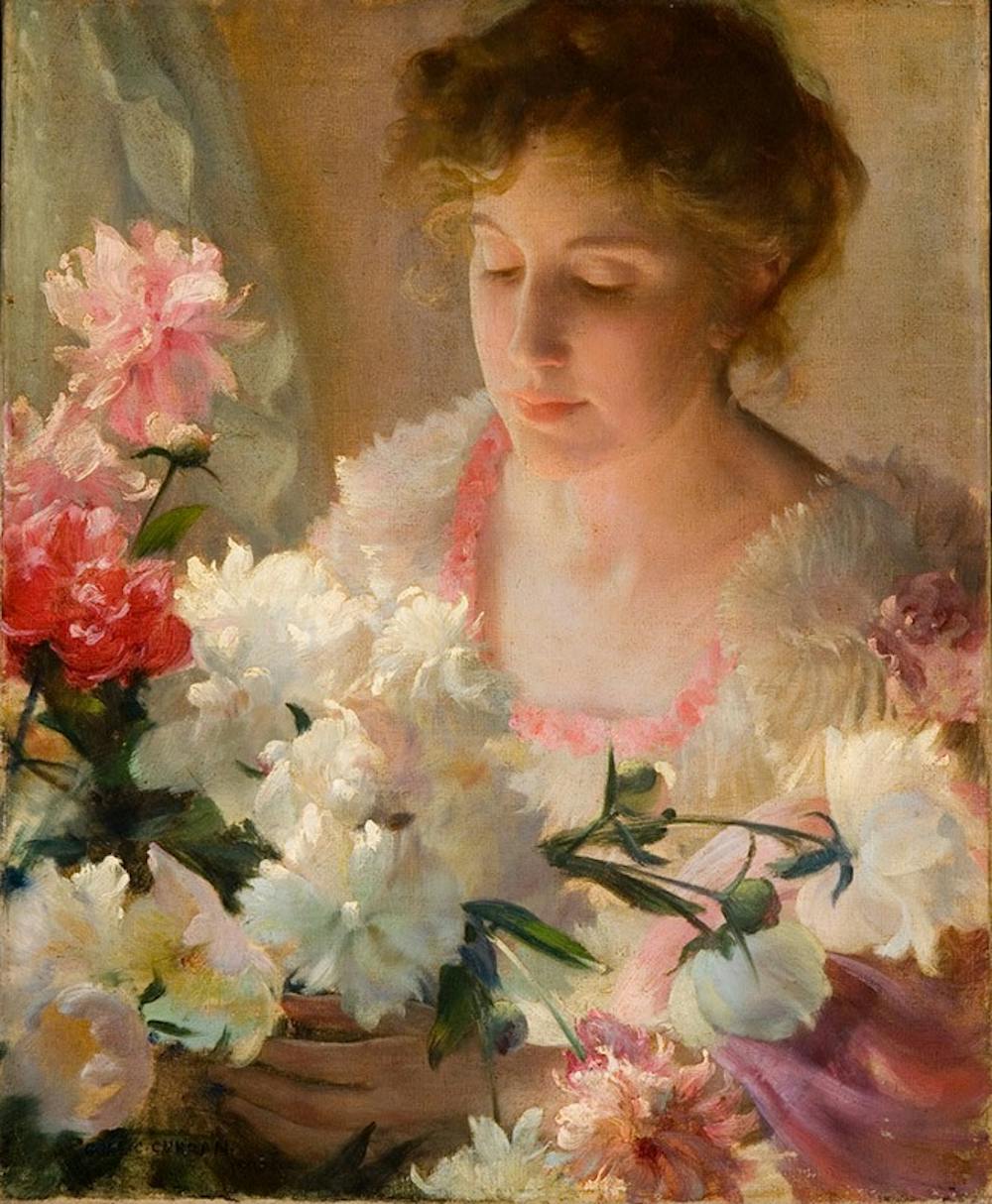When most people think of American painters, impressionism isn't what comes to mind. The Columbia Museum of Art is working to change that with “Charles Courtney Curran: Seeking the Ideal,” the first retrospective of the American impressionist painter's works.
The exhibit was organized by Dixon Gallery and Gardens in Memphis, Tennessee, along with the Frick Art and Historical Center in Pittsburgh, Pennsylvania and the Columbia Museum of Art. CMA is the last of the three locations to show the exhibition.
As prolific as Curran was — he painted over 1500 paintings in his life — one might expect his work to be ubiquitous today. However, most people have never heard of him or American impressionism in general.
“The reason is that when the art center really moved to New York in the modern era, post-World War II, all of those American artists really just eclipsed everyone else in the common consciousness,” said CMA Programs Manager Glenna Barlow. “When we think of American art now, we tend to think of people like Warhol, Rothko, Pollock, these big name expressionists and modern artists. And because of the vastly more attention that they were getting, artists like Curran, who were well-respected artists in their own right, were [forgotten].”
Curran’s paintings recall a Victorian America, often depicting beautiful, dignified women and angelic children. In the impressionistic tradition, most of his paintings take place in nature, and he seemed to have enjoyed experimenting with light and shadows.
American impressionism does, however, differ from European impressionism, and this is evident in Curran’s work. While European impressionists were eager to leave behind their formal training in favor of experimentation, Americans like Curran weren’t so quick to abandon what they had been taught.
“There was sort of an inferiority complex,” said Barlow, “because of course Europe had these long, established art schools, and there really weren’t any American art schools, so [Americans] were very conscious of that. They went abroad to study, but came back, and often tried to make it very clear in their work that they were serious draftsman and they knew how to draw and how to paint.”
The reluctance to abandon tradition does not take away from the beauty of Curran’s paintings. On the contrary, the combination of evocative, gestural brushstrokes and clearly defined edges gives his paintings an ethereal quality that rivals his French counterparts in elegance.
Locating the 58 pieces that make up this exhibit was a fun challenge for the CMA curators. One of the bigger portraits was unknown until it appeared on an episode of "Antiques Roadshow" several years ago.
“Even scholars of Curran weren’t aware of [its] existence,” Barlow said. “It was like a scavenger hunt. And lot of them were in private collections, or they weren’t sure where they were.”
With a collection this large, and arranged chronologically, it’s easy to imagine the evolution of Curran’s life and his painting style. The latter, though, seems to have changed notably little, even though Curran painted for over fifty years.
“Even though he’s working well into the modern period, with people like Picasso and Matisse, he never abandoned his traditional style for anything as radical or modern as that," Curran said.
Curran managed to be innovative in ways much subtler than other artists, and that’s part of his charm. “Charles Courtney Curran: Seeking the Ideal” will be at the Columbia Museum of Art until May 17.

